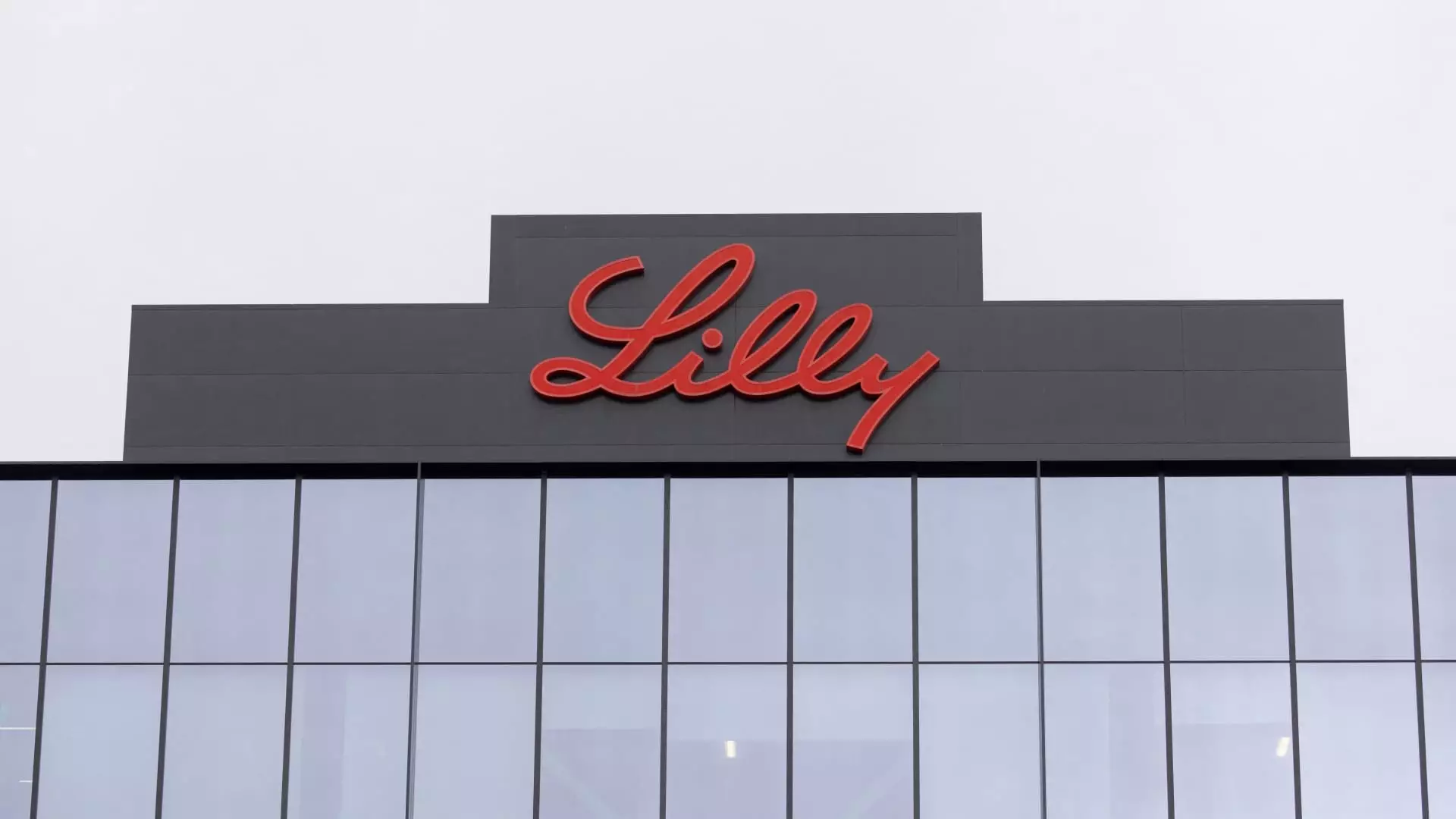In a move that has left experts and investors alike scratching their heads, President Donald Trump announced a temporary pause on steep tariffs affecting dozens of countries in an unprecedented bid to pacify the tumultuous pharmaceutical market. The intention behind this move seems clear: to stimulate domestic manufacturing and reassert control over a sector that many believe has become overly reliant on foreign production. However, in the whirlpool of temporary measures, one has to ask—what will this actually mean for the future of U.S. pharmaceutical companies? Will the supposed relief truly help, or is it merely a band-aid over a potentially gaping wound?
The reality is stark. Trump’s reduction of tariffs to a flat 10% for 90 days does little to address the fundamental issues at play. Strikingly, while his administration seems intent on creating a level playing field for American companies, immediate intentions to significantly hike tariffs on China to a staggering 125% underline an inconsistent logic. If anything, this dual-pronged approach only serves to heighten uncertainty in the market, inevitably leading to investor caution. Following Trump’s conflicting statements, shares of major companies like Merck, Pfizer, and Johnson & Johnson—once seen as pillars of American industry—fluctuated wildly, underscoring just how deeply market sentiment is intertwined with political decisions.
Manufacturing Myths: The Quest for Reshoring
At the core of this debacle lies the myth that tariffs alone will restore pharmaceutical manufacturing prowess within the United States. Industry analysts are already expressing skepticism about the feasibility of this reshoring initiative. In a landscape where drug production relies heavily on a globally integrated supply chain, the notion that moving operations back to America will be easy is akin to daydreaming. As noted by BMO Capital Markets analyst Evan Seigerman, the intricate, multi-step nature of pharmaceutical manufacturing means relocating even a segment of production is a daunting task fraught with complications. Companies have trained and established their sites elsewhere in the world for good reasons—often rooted in both cost-efficiency and logistical simplicity.
Moreover, U.S. imports of pharmaceuticals soared to a staggering $213 billion in 2024, a number that underscores our dependence on global supply chains. Politically charged endeavors to “incentivize” companies into returning manufacturing to the American landscape overlook these critical economic realities. Attempting to bulldoze foreign operations homeward through punitive tariffs risks tossing the baby out with the bathwater, potentially disrupting the very supply chains that are pivotal for patient healthcare and drug availability.
Costly Consequences: The Price Paid by Patients
There’s a pressing concern echoing throughout the halls of Congress and among industry leaders: the potential consequences of this tariff escalation may ultimately fall on the shoulders of American patients. House Democrats have voiced alarms about the “devastating consequences” that could arise from a trade war—a trade war that many fear could leave essential medical supplies vulnerable to disruptions. As these lawmakers astutely point out, crucial medical products could be in jeopardy, forcing providers into a corner where they may need to resort to rationing care or substituting effective treatments with less effective alternatives.
CEO of Eli Lilly, Dave Ricks, articulated a fear that underscores the entire industry: the potential fallout from tariffs could lead to gut-wrenching compromises within companies themselves, with R&D budgets taking the brunt of cuts. In an industry that thrives on innovation, sacrificing research and development for short-term financial gains risks stifling the very advancements that can improve patient lives. The idea that U.S. healthcare could regress due to misguided trade policies is both alarming and utterly unacceptable.
The Forgotten Innovators: What About the Future?
A recurring theme in the discussions surrounding these tariffs is the magnified risk they present to innovation within the pharmaceutical sector. Companies that have rolled out substantial investments in American manufacturing have now taken to arms against tariffs that could undermine their carefully laid plans. Johnson & Johnson, for example, has committed $55 billion over the next four years for U.S. manufacturing and R&D. Still, the looming threat of tariffs has the potential to call into question the viability of such investments.
One must consider: at what cost will we pursue a nationalistic trade policy that alienates the very innovators we rely upon for groundbreaking medical advancements? While the notion of economic patriotism appears to resonate on the surface, its ramifications inevitably extend beyond simple financial metrics. When R&D resources are diminished, so too is the hope for transformative therapies that could change lives. Scapegoating foreign markets through aggressive tariffs may seem like a politically expedient response. However, it risks losing sight of the bigger picture: that true progress in healthcare comes from collaboration, not isolation.

